Updated January 2024
Dealing with Fragrance Allergens can be a complex process. As we learn more about allergies and their impact, more raw material perfumery ingredients have been deemed as fragrance allergens. This can make fragrance creation more complicated, especially as new fragrance ingredients are added. There are, however, ways in which we can formulate our fragrances without these allergens, but it can have an impact on the final product.
Due to the importance of this subject matter, in this blog we take a look at the impact that allergens can make on fragrance formulations, how they can affect your end products and what you can do to ensure your chosen fragrance is suitable for your product.
 But, Firstly what are Fragrance Allergens?
But, Firstly what are Fragrance Allergens?
Some chemicals which are used to create fragrances are classed as allergens. These allergenic chemicals can occur from some synthetic aromatic materials but also naturally within essential oils. The allergenic chemicals have the potential to cause itching. In rare cases, they can produce more severe reactions. As a result, adhering to this guidance is absolutely paramount for product creators.
An allergenic chemical is an aroma chemical natural or synthetic which has been proven to cause an allergen reaction when used on skin application. It is important to understand in regards to allergens that although essential oils are natural, they ultimately are not safer.
The List of Fragrance Allergens
In fragrance there are, as of January 2024, 82 declarable allergens which include;
| Allergen | New or previous |
|---|---|
| Benzyl Alcohol | Current |
| 6-Methyl Coumarin | New |
| Citral | |
| Isoeugenol | Current |
| Citronellol | Current |
| Limonene | Current |
| Pinus Mugo | New |
| Pinus Pumila | new |
| Cedrus Atlantica Oil/ Extract | New |
| Turpentine | New |
| Alpha-Terpinene | New |
| Terpinolene | New |
| Myroxylon Pereirae Oil/Extract | New |
| Rose Ketones | New |
| 3-Propylidenephthalide | New |
| Lippia Citriodora absolute | New |
| Methyl Salicylate | New |
| Acetyl Cedrene | New |
| Amyl Salicylate | New |
| Anethole | New |
| Benzaldehyde | New |
| Camphor | New |
| BetaCaryophyllene | New |
| Carvone | New |
| Dimethyl Phenethyl Acetate | New |
| Hexadecanolac tone | New |
| Hexamethylinda nopyran | New |
| Linalyl Acetate | New |
| Menthol | New |
| Trimethylcyclopentenyl Methylisopentenol | New |
| Salicylaldehyde | New |
| Amyl Cinnamal | Current |
| Cinnamyl Alcohol | Current |
| Eugenol | Current |
| Hydroxycitronellal | Current |
| Amylcinnamyl Alcohol | Current |
| Benzyl Salicylate | Current |
| Cinnamal | Current |
| Coumarin | Current |
| Geraniol | Current |
| Anise Alcohol | Current |
| Santalol | New |
| Sclareol | New |
| Terpineol | new |
| Tetramethyl acetyloctahydronaphthalenes | New |
| Trimethylbenzenepropanol | New |
| Vanillin | New |
| Cananga Odorata Oil/Extract | New |
| Cinnamomum Cassia Leaf Oil | New |
| Cinnamomum Zeylanicum Bark Oil | New |
| Citrus Aurantium Flower Oil | New |
| Citrus Aurantium Peel Oil | New |
| Citrus Aurantium Bergamia Peel Oil | New |
| Citrus Limon Peel Oil | New |
| Lemongrass Oil | New |
| Eucalyptus Globulus Oil | New |
| Jasmine Oil/Extract | New |
| Laurus Nobilis Leaf Oil | New |
| Lavandula Oil/ Extract | New |
| Mentha Piperita Oil | New |
| Mentha Viridis Leaf Oil | New |
| Narcissus Extract | New |
| Pelargonium Graveolens Flower Oil | New |
| Pogostemon Cablin Oil | New |
| Rose Flower Oil/Extract | New |
| Santalum Album Oil | New |
| Eugenyl Acetate | New |
| Geranyl Acetate | New |
| Isoeugenyl Acetate | New |
| Pinene | New |
| Benzyl Cinnamate | Current |
| Farnesol | Current |
| Linalool | Current |
| Benzyl Benzoate | Current |
| Hexyl Cinnamal | Current |
| Methyl 2-Octynoate | Current |
| Alpha-Isomethyl Ionone | Current |
| Evernia Prunastri Extract | Current |
| Evernia Furfuracea Extract | Current |
All our fragrances are submitted with Allergen Declarations which will advise if there are any allergens present in the formulations along with their inclusion levels. Chemicals, natural and synthetic are constantly re-tested by IFRA for safety in use, for more information please take a look at the IFRA website. Due to the importance of this, we are happy to help guide and advise on these elements to ensure your product complies with legislation and fragrance allergen guidance.
Labelling Requirements for Fragrance Allergens
There are two thresholds in regard to product labelling of allergens; the first is for rinse-off and the second is for leave-on products. Any allergens present over the product threshold level need to be listed on the label. The two thresholds are as follows;
Leave On – 0.001%
Rinse Off – 0.01%
What are the IFRA Fragrance Categories?
| IFRA Categories | Maximum Level of use (%) | Description | |
|---|---|---|---|
| IFRA Category 1 | Not approved | Products applied to the lips | |
| IFRA Category 2 | 3.78% | Products applied to the axillae (armpit) | |
| IFRA Category 3 | 1.85% | Products applied to the face/body using fingertips | |
| IFRA Category 4 | 48.14% | Products related to fine fragrance | |
| IFRA Category 5A | 17.85% | Body lotion products applied to the body using the hands (palms), primarily leave-on | |
| IFRA Category 5B | 2.22% | Face moisturiser products applied to the face using the hands (palms), primarily leave-on | |
| IFRA Category 5C | 3.40% | Hand cream products applied to the hands using the hands (palms), primarily leave-on | |
| IFRA Category 5D | 0.74% | Baby Creams, baby Oils and baby talc | |
| IFRA Category 6 | Not approved | Products with oral and lip exposure | |
| IFRA Category 7A | 2.81% | Rinse-off products applied to the hair with some hand contact | |
| IFRA Category 7B | 2.81% | Leave-on products applied to the hair with some hand contact | |
| IFRA Category 8 | 0.74% | Products with significant anogenital exposure | |
| IFRA Category 9 | 8.88% | Products with body and hand exposure, primarily rinse off | |
| IFRA Category 10A | 8.88% | Household care excluding aerosol products (excluding aerosol/spray products) | |
| IFRA Category 10B | 16.29% | Household aerosol/spray products | |
| IFRA Category 11A | 0.74% | Products with intended skin contact but minimal transfer of fragrance to skin from inert substrate without UV exposure | |
| IFRA Category 11B | 0.74% | Products with intended skin contact but minimal transfer of fragrance to skin from inert substrate with potential UV exposure | |
| IFRA Category 12 | Not limited | Products not intended for direct skin contact, minimal or insignificant transfer to skin |
Fragrance Allergen Standards
Consumers started to tell the industry and trade bodies by 2009 that they wanted more ingredients listed on the label. In response, in 2011 the Scientific Committee on Consumer Safety (SCCS) released their opinion on fragrance allergens in cosmetic products.
Current Fragrance Allergen Guidance
The SCCS recommended that the consumer would be notified of the presence of any of (up to) 127 fragrance allergens. Additionally, they also recommended that 11 key ingredients such as limonene were by default restricted to 100ppm (that’s 0.01% of the final product).
The document highlighted if they were going to implement this recommendation that more than 90% of all fragrance products would be affected. Furthermore, it would have rendered several olfactory notes (such as citrus and spice) completely impossible in finished products.
The Impact of Fragrance Allergens
To comply with the guidance, iconic fragrances such as Chanel No. 5 would have had to be completely reformulated to handle these changes. As a result, these fragrances would need to be reworked to a level where the new version would not be similar to the original, classic perfume.
Guidance on Fragrance Allergens
Due to the potential issues caused by the SCCS recommendation, the International Dialogue for the Evaluation of Allergens was created. This body brings together international scientists in the form of representatives from industry, regulatory bodies, academia and independent observers. IDEA is attempting to provide a broadly agreed and transparent framework for assessing fragrance sensitisers globally. The industry is still waiting for the final decision from the European Commission regarding new allergens. We don’t expect there to be over 127 fragrance allergens, however, we can expect there to be a further 60.
What steps can you take to ensure your products are safe?
Obviously, when creating your fragrance we can help advise and ensure your products align with the IFRA guidance. We also highly recommend you undertake rigorous testing of your final product.
As a result, it is vital that when we start creating a fragrance for you, you let us know what other products the fragrance may get used in. Alternative uses for a fragrance formulated with a specific purpose in mind, may need to be reworked for alternative products. If you can provide this information at the briefing stage, we can formulate the fragrance to cover as many of the items within the product range you are looking to create.
Want more Technical Information about our Fragrance Allergens?
Fragrance regulations are a critical part of what we do and we take this responsibility very seriously. We are a member of the International Fragrance Association (IFRA) and comply with all fragrance regulations. More information about the fragrance regulations that we adhere to, click here. We are happy to help advise on how to work within the IFRA guidelines and advice on how to work with the Fragrance Allergen Guidance.

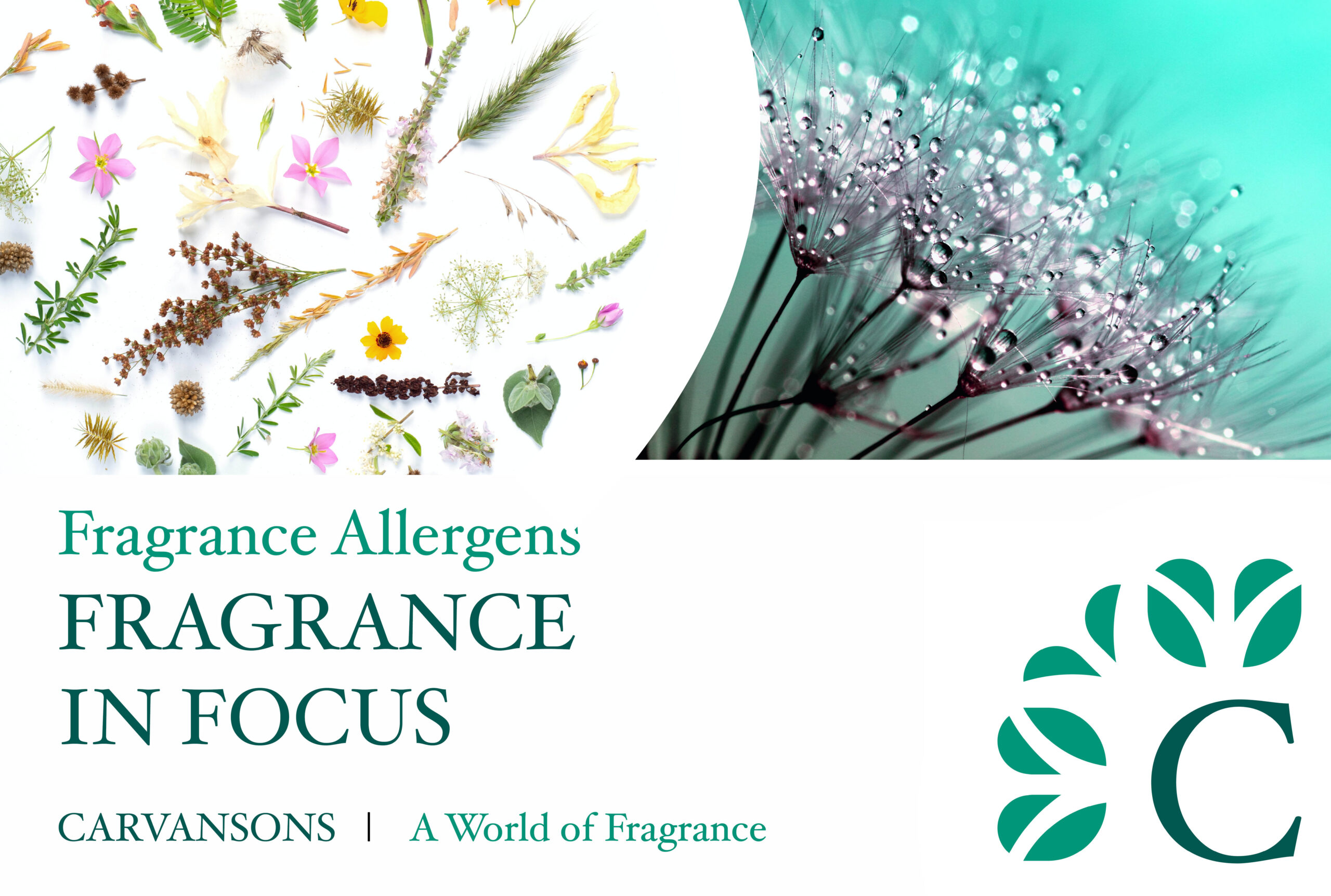
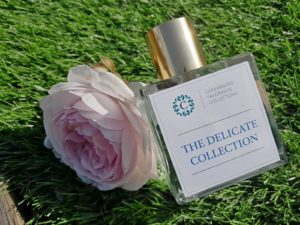 But, Firstly what are Fragrance Allergens?
But, Firstly what are Fragrance Allergens?

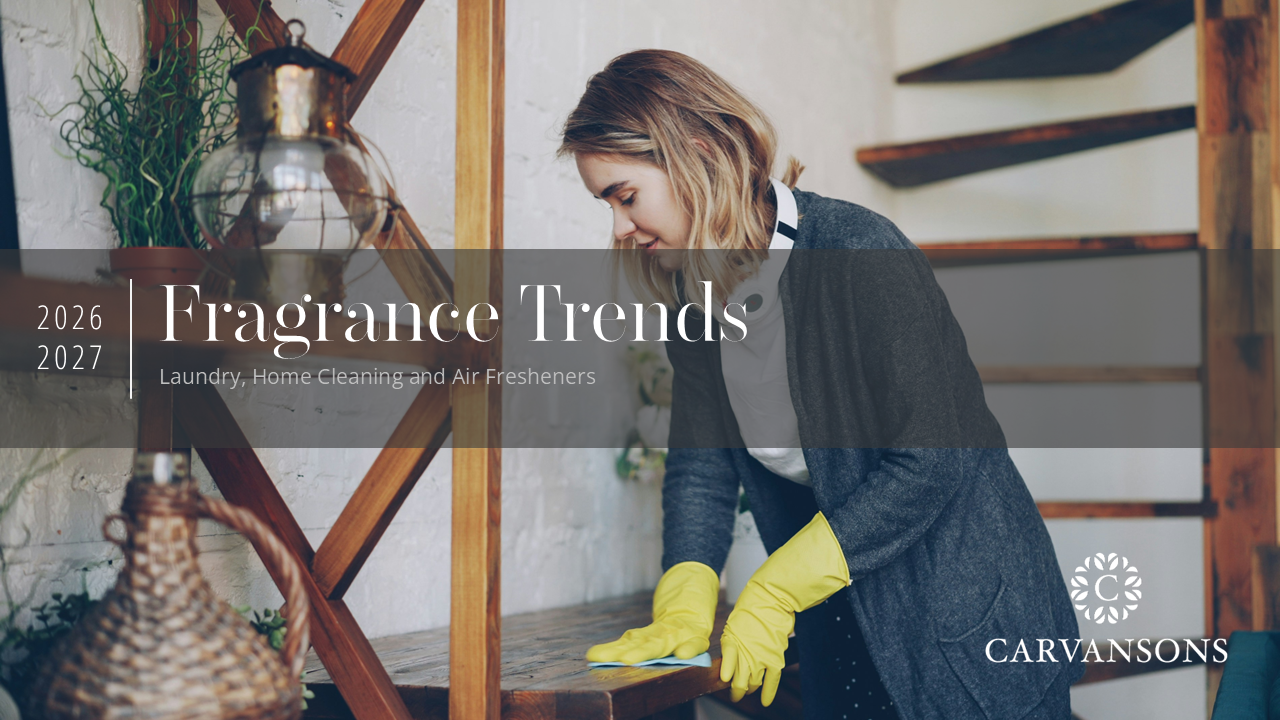
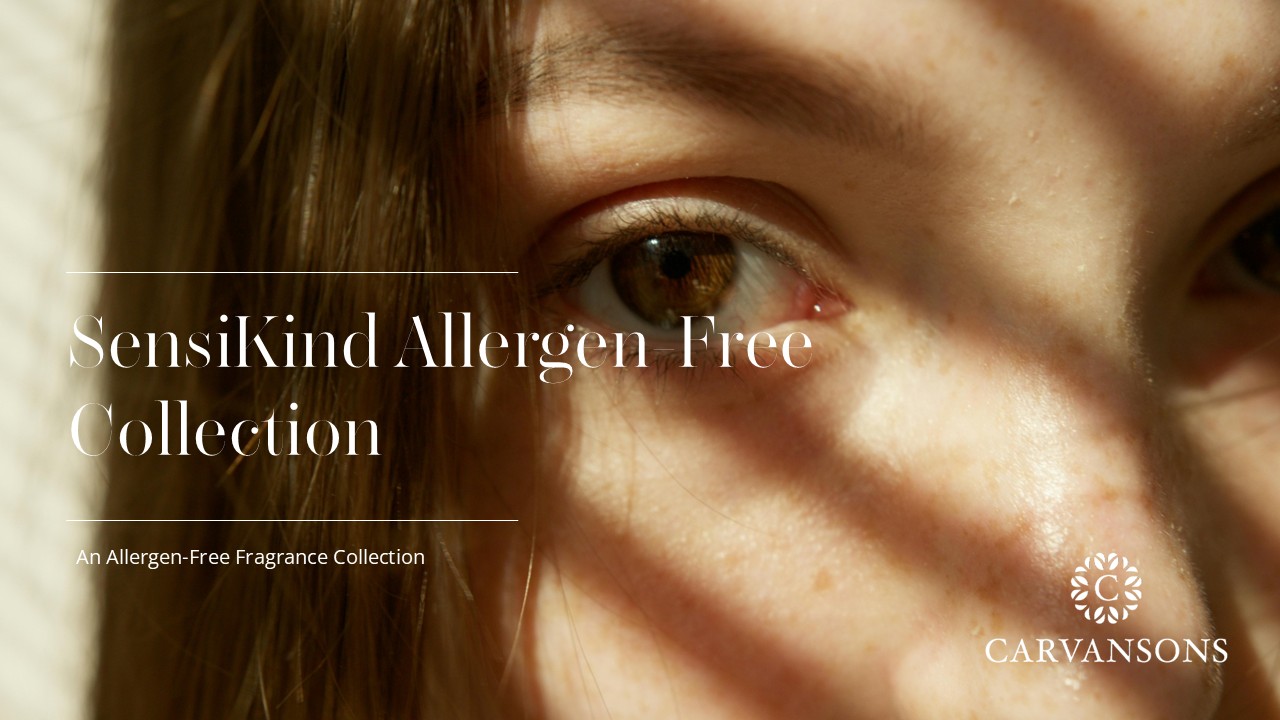
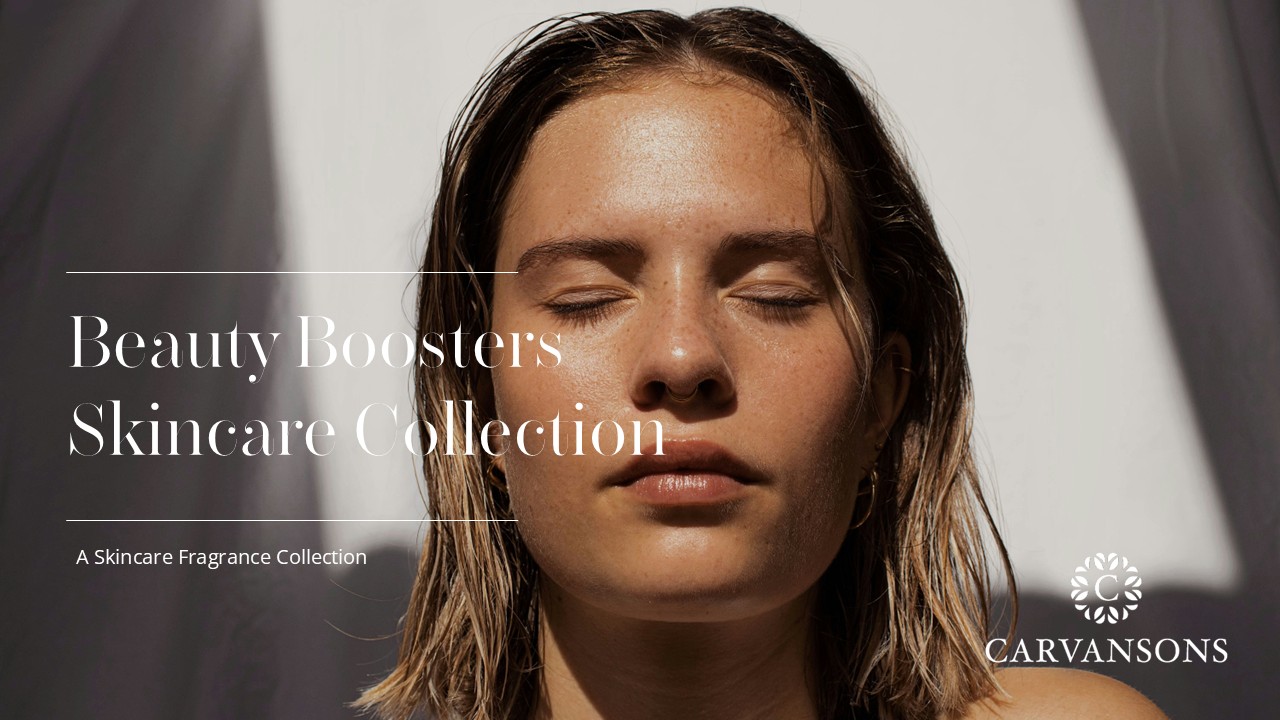
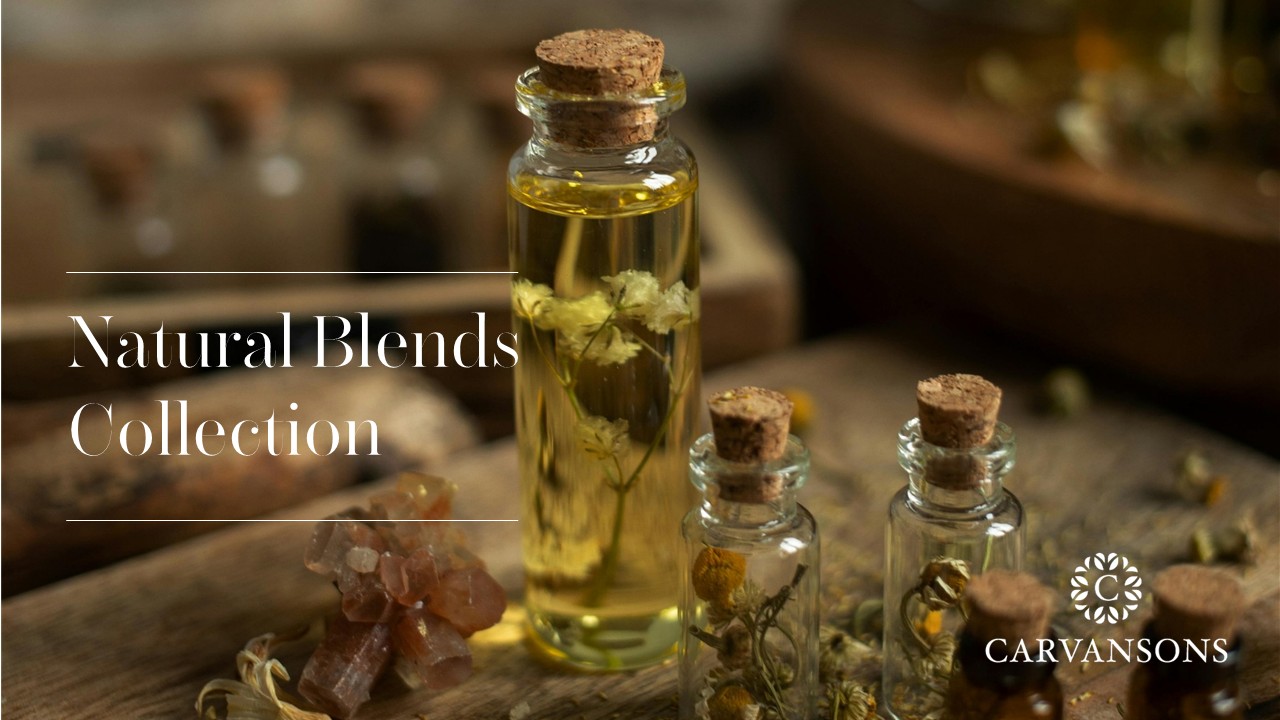
Leave A Comment
You must be logged in to post a comment.